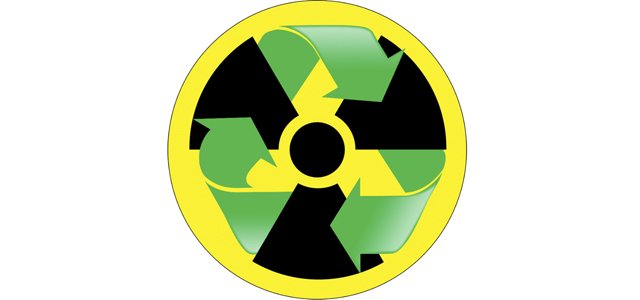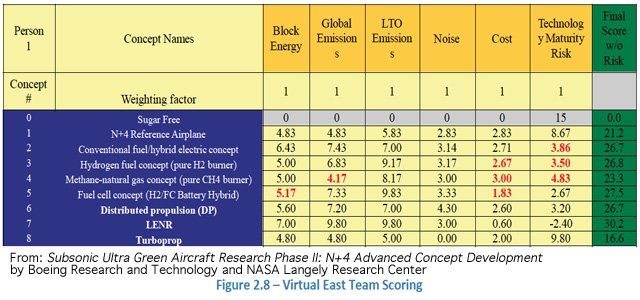Initial Patent Application – Filed 2001
Nuclide Transmutation Device and Nuclide Transmutation Method
Iwamura, Y., T. Itoh, and M. Sakano Iwamura, Y., T. Itoh, and M. Sakano, 2002, Mitsubishi Heavy Industries, Ltd.: U.S.A.
Abstract
The present invention produces nuclide transmutation using a relatively small-scale device. The device that produces nuclide transmutation comprises a structure body that is substantially plate shaped and made of palladium (Pd) or palladium alloy, or another metal that absorbs hydrogen (for example, Ti) or an alloy thereof, and a material that undergoes nuclide transmutation laminated on one surface among the two surfaces of this structure body.
The one surface side of the structure body, for example, is a region in which the pressure of the deuterium is high due to pressure or electrolysis and the like, and the other surface side, for example, is a region in which the pressure of the deuterium is low due to vacuum exhausting and the like, and thereby, a flow of deuterium in the structure body is produced, and nuclide transmutation is carried out by a reaction between the deuterium and the material that undergoes nuclide transmutation.
Cold Fusion
Now this LENR patent has been granted, Dec. 4th, 2013
A Key to How
[0032] According to the nuclide transmutation method described above, the material that undergoes nuclide transmutation is transmuted to a nuclide having a similar isotopic ratio composition, and thereby the nuclide transmutation reaction can be promoted.
Nuclide Transmutation Device and Nuclide Transmutation Method
Google Patents Link – Espacenet Link
INPADOC legal status: EP1202290 (B1) ― 2013-12-04
Publication number: EP1202290B1
Applicant: Mitsubishi Heavy Industries, Ltd.
Description of Arts Related to Actinides Remediation
- i) disposal processing for actinides and the like by neutron irradiation in a nuclear reactor such as a fast breeder reactor or an actinide burn reactor;
- ii) nuclear spallation processing for actinides and the like by neutron irradiation in an accelerator,
- iii) and disposal processing of cesium, strontium, and the like by gamma ray irradiation in an accelerator.
Known Processing Methods are Problematic
Hence the growing stockpiles of nuclear waste. Presently utilized nuclear waste disposal processes are clearly inadequate, difficult, and extremely expensive as described here.
[0010] However, in the case of carrying out nuclide transmutation using a nuclear reactor or an accelerator, as in the disposal processes in the above-described examples of conventional technology, there are the problems in that large-scale and high cost apparatuses must be used,
[0011] Furthermore, in the case of processing, for example, Cs-137, which is a long-lived radioactive nuclide fission product, when transmutating Cs-137 radiated from an electron power generator of about one million KW to another nuclide using an accelerator, there are problems in that the necessary power reaches one million KW and a high strength and large current accelerator become necessary, and thus efficiency is low.
[0012] In addition, in contrast to a thermal neutron flux of about 1×1014/cm2/sec in a nuclear reactor such as a light water reactor, the neutron flux necessary for nuclide transmutation of Cs-137, which has a small neutron interaction cross section, is about 1×1017 – 1×1018/cm2/sec, and there is the problem in that the necessary neutron flux cannot be attained.
Mitsubishi Patented LENR Nuclear Waste Remediation
Claims
- i) a multilayer structure body; that is made of palladium or a palladium alloy, or a hydrogen absorbing metal other than palladium, or a hydrogen absorbing alloy other than a palladium alloy,
- ii) an absorption part and a desorption part that are disposed so as to surround said multilayer structure body on the sides and form a closed space that can be sealed by said multilayer structure body,
- iii) a high pressurization device that produces a relatively high pressure of deuterium at said absorption part on the side of the surface of said multilayer structure body,
- iv) and a low pressurization device that produces a relatively low pressure of deuterium at said desorption part on the other side of the surface of said multilayer structure body,
- i) a base material including a hydrogen absorbing metal or a hydrogen absorbing alloy;
- ii) a mixed layer formed on said base material and comprising a hydrogen absorbing metal or a hydrogen absorbing alloy,
- iii) and a material having a low work function that allows emission of electrons equal to or less than 3 eV;
- iv) a surface layer formed on said mixed layer and comprising a hydrogen absorbing metal or a hydrogen absorbing alloy;
- v) and an additional layer bound on the surface of said surface layer and that undergoes nuclide transmutation,
- vi) said high pressurization device includes a deuterium gas supply device configured to supply the deuterium gas into said absorption part so that said additional layer that undergoes nuclide transmutation is exposed to the deuterium gas and a flow of the deuterium that penetrates through the multilayer structure body is provided.
A nuclide transmutation device according to claim 1, wherein said additional layer that undergoesnuclide transmutation includes at least one of Cs, C, Sr and Na.
A nuclide transmutation device according to claim 1 or 2, wherein said low pressurization device comprises an exhaust device which evacuates said desorption part.
A nuclide transmutation device according to any one of claims 1 to 3, wherein said base material is formed by Pd, said mixed layer is formed by Pd and a material having a work function equal to or less than 3 eV, and said surface layer is formed by Pd.
A nuclide transmutation device according to any one of claims 1 to 4, wherein said mixed layer comprises layers of Pd and layers of CaO that are laminated alternately.
A nuclide transmutation device according to any one of claims 1 to 5, wherein a heating device for controlling the temperature of the multilayer structure body is provided.
A nuclide transmutation method using the nuclide transmutation device according to any one of claims 1 to 6, comprising the step of:
- i) a low pressurizing process that brings about a state in which the pressure of the deuterium is relatively low on the other surface side of said multilayer structure body,
- ii) characterized in that the method further comprises a high pressurizing process of supplying a deuterium gas from said deuterium gas supply device into said absorption part so that the surface of said additional layer that undergoes nuclide transmutation is exposed to the deuterium gas,
- iii) and providing a flow of the deuterium that penetrates through the multilayer structure body.
KEEP UP THE GOOD WORK
Ain’t just show biz…
When you know your biz…
Everyone’s sayin’… Keep Up The Good Work!
Anticipatin’
A generation…
Everyone’s sayin’… Keep Up The Good Work!
Now we’re provin’ …
That we’re groovin’…
Everyone’s sayin’… Keep Up The Good Work!
Now we’re growin’
We keep on flowin’
Everyone’s sayin’… Keep Up The Good Work!
Sweet romancin’…
In all our dancin’…
Everyone’s sayin’… Keep Up The Good Work!
Ain’t just show biz…
When you know your biz…
Everyone’s sayin’… Keep Up The Good Work!
gbgobleapgoble2012




